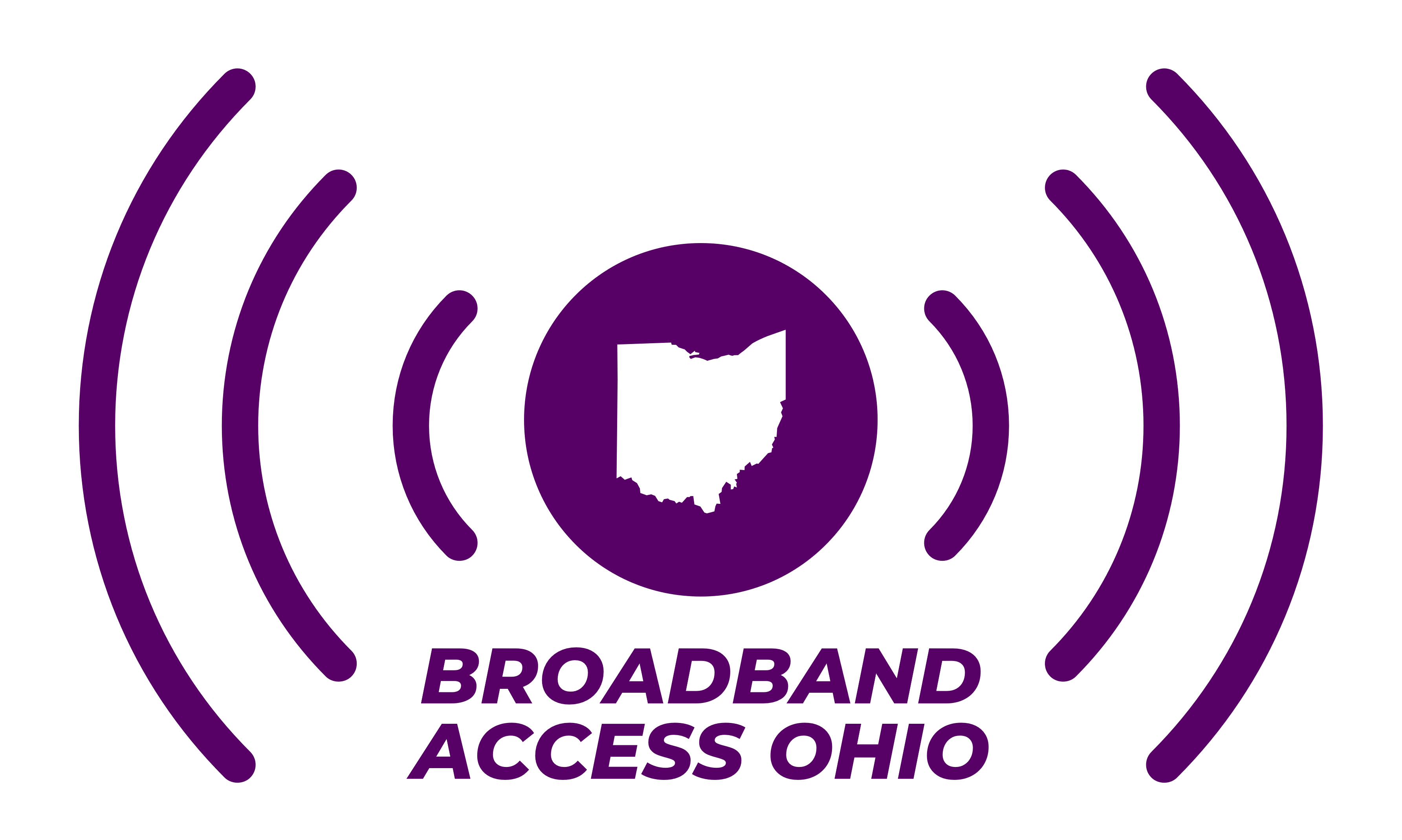State awards Ohio State $3 million to develop broadband curriculum, enhance workforce
Columbus Dispatch, January 11
The Eastland-Fairfield Career Center, which serves urban, suburban and rural students just outside Columbus in Groveport, was an apt setting for Lt. Gov. Jon Husted to announce the state’s latest broadband investment — a $3 million grant to Ohio State University to develop broadband curriculum.
“This is about building a workforce to serve rural and Appalachia Ohio and making access affordable across cities and suburbs,” Husted said.
The lieutenant governor and Gov. Mike DeWine have prioritized broadband expansion. In the last year and half, Ohio has received and pledged nearly a $1.5 billion in state and federal dollars to expand internet access.
“We have a responsibility to build out that infrastructure, but we can’t build it without a workforce,” Husted said.
Partnering with Ohio State
The $3 million — a grant from federal CARES Act dollars — will go to Ohio State and a nonprofit telecommunications partner that the university will select in the next month.
They will develop curriculum that trains folks how to be a tower technician, wireless installer, a member of the construction crew laying fiber-optic lines or even future faculty, Husted explained.
“The university looks forward to working with the Governor’s Office of Workforce Transformation, BroadbandOhio, the Ohio Department of Higher Education, and partners around the state to develop an interdisciplinary curriculum that will prepare students for careers in the broadband and 5G industry,” OSU spokesman Ben Johnson said.
The partnership between OSU, the state and telecommunications industry has the potential to also create job opportunities in artificial intelligence, machine learning and edge computing, Johnson added.
Husted anticipates that the curriculum will be available for various institutions across the state to tailor to their individual programs by the start of the 2022-2023 school year.
Can’t build broadband infrastructure without a workforce
It’s especially important to invest in educational opportunities that will enhance the workforce because right now Ohio has more jobs available than there are qualified people to fill those positions, Husted said.
“There are 3.8 jobs available for every one unemployed person (across all industries),” he added.
For folks looking to make a career change or transition out of the service industry — like so many in Ohio and across the country have done or are contemplating — training to become a part of the broadband industry will offer lucrative careers without the college tuition price tags.
Starting salaries can range from $35,000-$48,000 for those with no experience and anywhere between $52,000-$75,000 with experience, said Connie Altier, the superintendent of the Tri-County Career Center in Nelsonville in Athens County, which began offering fiber-optic technician training to its students last September.
In March, the state will start awarding $250 million in grant money to fund expansion projects, but it will be difficult to effectively address the digital divide without a qualified workforce.
“And I’ll tell you, we don’t have the workforce right now,” Husted said.
A recent industry study estimated that if the state were to build out access for all 1 million underserved or unserved Ohioans, it would create 108,000 jobs over the next 10 years.
While the lieutenant governor is quick to note those estimates are just that — educated guesses — he’s optimistic that this $3 million investment and future curriculum developed by Ohio State will be the next step to connecting rural areas and ensuring all Ohioans can participate in the modern economy, school system and health care industry.

Recent Comments